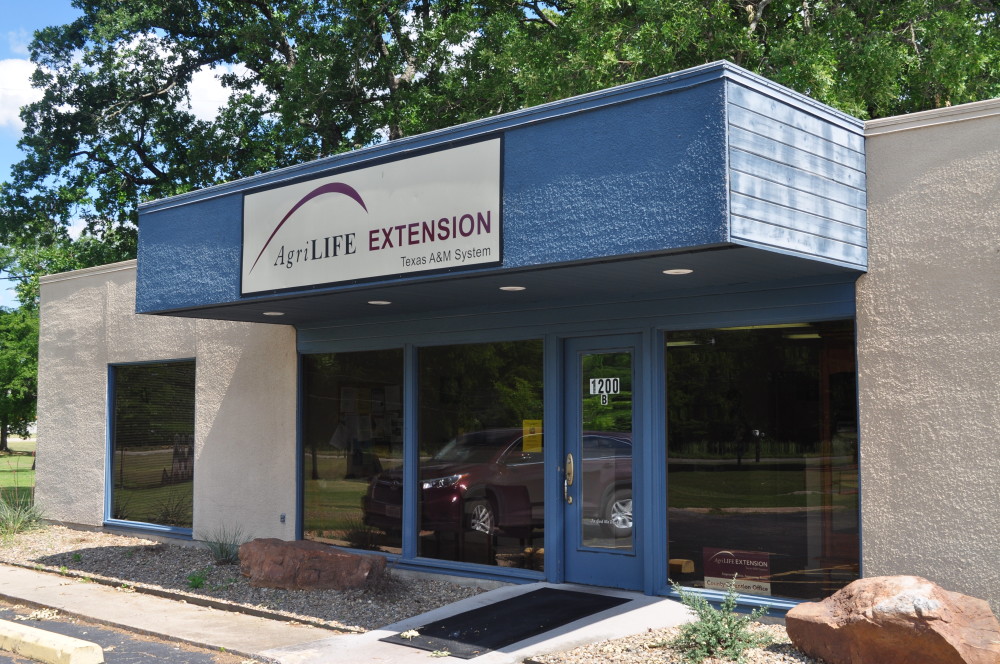Developed by Dr. Mario A. Villarino, County Extension Agent for Agriculture and Natural Resources Hopkins County, Texas

Block supplements are a convenient mechanism for delivering supplemental nutrients to grazing beef cattle. As the labels on most blocks or tubs state, they are meant to be used as supplements, not feeds. Success or failure of a block/tub supplementation program will depend on the availability of forage. If forage is limited or of poor quality, self-fed blocks or tubs cannot make up the nutrient deficit and are not formulated to do so.
Blocks and tubs have become increasingly popular because:
- They are easy to store and handle.
- They are easily accessible.
- They require little labor.
- Minimal equipment is required. Consumption is self-limiting.
Blocks are particularly appealing to owners of the smallest herds of cattle (fewer than 50 cows) and owners of large operations of more than 300 cows. Many small producers have off-ranch employment and like the convenience and comfort of knowing supplement is continuously available. Large operators use blocks because they save time and labor. As with other supplements, blocks and tubs can vary widely in their cost, ingredient composition, nutrient content, storage requirements and consumption characteristics. Blocks and tubs generally can be divided into three categories based on the manufacturing method used:
- Pressed blocks
- Chemically hardened blocks
- Tubs and low moisture (cooked) blocks and tubs.
When using the blocks, make sure you read and follow label instructions. Provide blocks or tubs as soon as protein or energy deficiency is suspected and before noticeable loss of body condition. Young cattle grazing mature forages may require continuous access, regardless of expected diet/forage quality. Proper placement of the supplement in a pasture affects consumption. Cattle will visit more frequently and consume more of supplements placed near water or loafing areas If consumption is lower than expected, increase the number of tubs. If aggressive animals dominate the tubs, spread the tubs out to discourage social interactions between competing animals. .In large pastures, movement of supplements can influence grazing distribution. Moving blocks to ungrazed areas will encourage more uniform grazing distribution. Do not place blocks or tubs in riparian areas. Cattle tend to congregate around supplements. The resulting bare ground and animal waste could be a source of nonpoint source water pollution. Do not locate tubs near surface water (ponds, streams or rivers). Cattle often push and play with empty tubs, which can float away. Remember: Blocks and tubs are forage supplements, not forage substitutes. Forage must be available in adequate quantity and quality for any supplement to produce the desired results.
For more information on this or any other agricultural topic please contact the Hopkins County Extension Office at 903-885-3443 or email me at [email protected].






